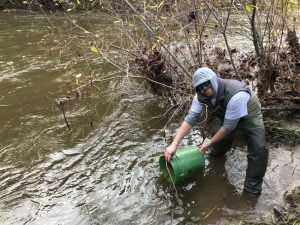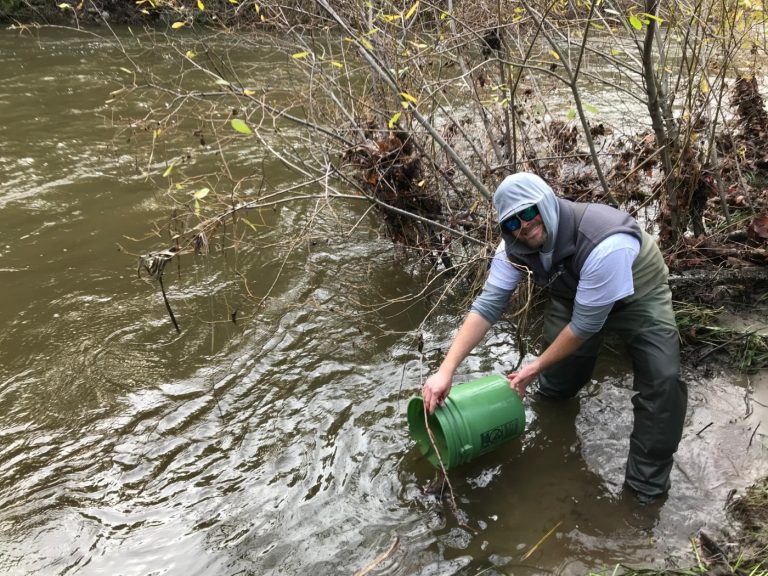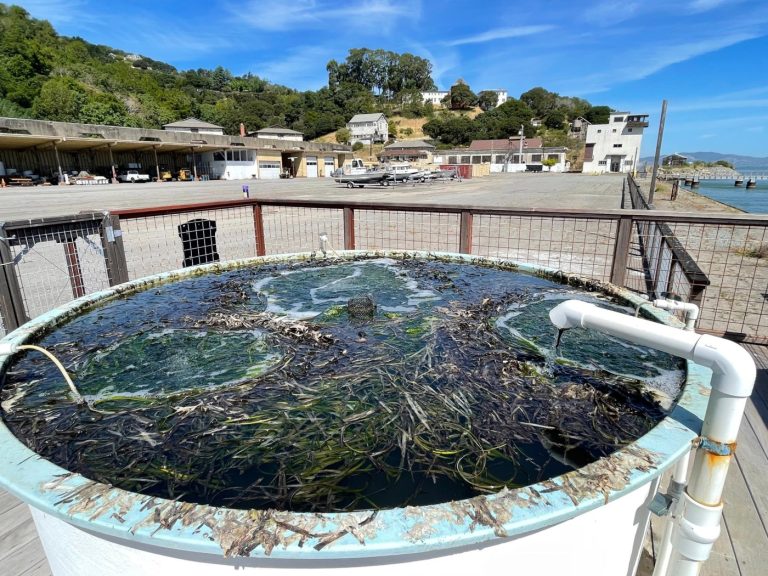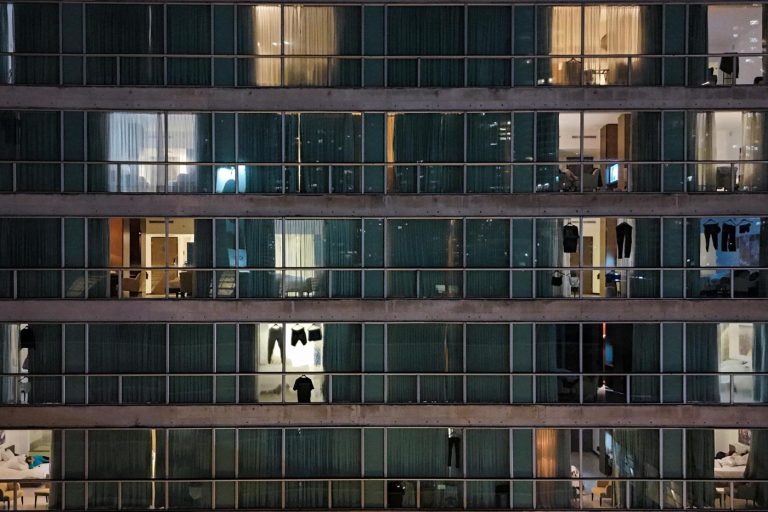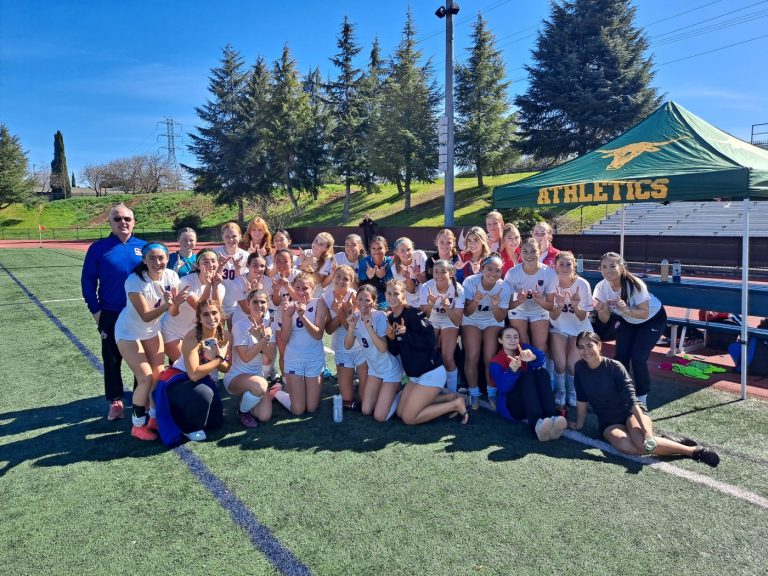As the Sonics strode on stage at the Paramount Theatre in Seattle on Halloween night in 2008 – the nearly forgotten garage rockers were reuniting for the first time in more than four decades – filmmaker Jordan Albertsen saw his destiny before him.
“That was actually the night I consider that I started working on this movie,” Albertsen says of the project that would eventually become “BOOM: A Film About the Sonics.” “Even though the Sonics were one of my favorite bands, I’d never even considered them reuniting.
“I don’t know, there was something about them, almost like they weren’t even a real thing,” he says. “They were so out of the public eye that they were just this, like, enigma.”
But there they were, the original five Sonics, and they were amazing.
“You just couldn’t believe it was happening in front of you,” Albertsen says. “Add onto that, it was (bleepin’) awesome, you know. It was really good.
“I just said to myself, ‘I’m going to make a film about the Sonics,’” he says, and so he began.
Or so he tried.
“I had just signed with an agency in L.A. for film, and so I assumed I would just say to my agent – ‘Hey, man, can you get me, like, a million bucks or something, so I can go do this thing? – and kind of assumed that’s how this was all going to go.”
Well, it didn’t go at all that way.
It didn’t do much better a few years later when Albertsen launched an IndieGoGo campaign seeking $500,000 in online pledges. He only got about $11,000.
And then eight or nine years later, his Sonics documentary stalled, his narrative feature career faltering, Albertsen and his future wife packed up a U-Haul and left Los Angeles for Montana, all but giving up those dreams.
Until one night, months later, working the door at a sushi restaurant in Bozeman, Albertsen did a favor for a tired band of travelers and found a spot for their party of 12 in the crowded eatery.
Call it luck, call it fate, but in that group was one of the most famous rock stars in Seattle music history, and before the night was through, the Sonics movie was back in business.
But we’ll get to all that in a minute.
A Sonics’ boom
Albertsen grew up on Whidbey Island off the coast of Seattle in Puget Sound. And like any junior high kid in the Pacific Northwest in the early ’90s, he was convinced that his music, the rock and roll emerging from the grungey bars and clubs of Seattle, was superior to anything his father knew.
“He was, I thought, pretty straight,” Albertsen says of his father. “I was definitely a punk rock kid. And then in the ’90s, all I listened to was like Alice in Chains and Soundgarden.
“I think I was 12 or 13, and he walked by my bedroom one day and he’s like, ‘Who are you listening to?’” he says. “I was definitely listening to Nirvana. And he said, ‘If you like this, you should check out the Sonics. And, you know, being a little 13-year-old kid I kind of waved him off. Like if I hadn’t heard of them, they’re obviously not cool.”
A few days later, Albertsen came home from school and found his father had left him a copy of the Sonics’ 1966 sophomore album “Boom” against his bedroom door.
“I will never forget it,” Albertsen says of the moment the needle hit the groove. The first song on that album is ‘Cinderella,’ and just the tone of the guitar, the opening of that song. I don’t think I had hair on my back at that time but if I did it would have stood up. I was just like, ‘What is this?’”
Now you may not know the Sonics, and that’s all right. Founded in Tacoma in 1960, their fame grew with the release of singles such as “The Witch,” “Psycho,” and “Strychnine” from their 1965 debut album. The sound was hard and fast, an aggressive blast that makes the Sonics forefathers, or grandfathers, of the punk rock scene that came a decade later.
Modern points of comparison might include Nirvana, the White Stripes, the Hives, or earlier bands such as the Stooges and the Cramps.
“I was so confused,” Albertsen says of that boyhood realization that the Sonics were from such a distant past. “When you’re a punk rock kid, you become like an anthropologist, where you’re always trying to find out where it started. I had got as far back as maybe ’69 with the Stooges. And to me, it was like, ‘OK, this is obviously the beginning of this whole thing.’”
Documentary dreams
When Albertsen got home from that Halloween 2008 reunion show, he found an email address for the Sonics’ management and started writing.
“I wrote this huge, crazy email pitch and just sent it off to whoever this manager person was,” he says. “I got an email the next day from Buck Ormsby, who was managing the band for the reunion.
“He wrote me back and said, ‘You sound like a crazy person. Why don’t you come down to Tacoma and let’s have coffee,’” Albertsen says. “I was like, ‘Let’s do it!’”
Ormsby was another legendary Seattle musician, a bassist who played in regional favorites such as the Wailers in the ’60s and was the producer of the Sonics’ first two albums. Albertsen and Ormsby bonded, talking monthly about the documentary Albertsen wanted to make.
Albertsen followed the Sonics to Europe as that early reunion tour continued, gathering B-roll for the movie, but held off interviewing the five members of the band’s classic lineup: singer and keyboardist Gerry Roslie, drummer Bob Bennett, saxophonist Rob Lind, and brothers Larry and Andy Parypa on lead guitar and bass.
He figured eventually he’d find the funding he needed, and until then, there was no rush to do interviews. But sometime around the start of 2016, Albertsen was on the phone with Ormsby when he noticed his friend sounded off.
“I could tell something was wrong,” he says. “I said to him, ‘Hey Buck, maybe I should come up to Seattle and film your interview.’ There was this pause, and he said, ‘I think that’s a good idea.’ And I think we both knew what he meant.”
Those interviews with Ormsby, who died in October 2016, added more context to the Sonics story, as the sometime manager of the band talked about how he’d tried to keep the Sonics legacy alive, sending out vinyl records to record stores and music journalists in the ’70s and ’80s as punk rock and alternative music surged, blowing on the embers of their fame to keep the fires lit.
And then, out of work and out of money, Albertsen left L.A.
A guy walks into a bar
Related Articles
Pugh and Garfield have great chemistry in ‘We Live In Time’
Why ‘The Apprentice’ is not the Donald Trump film you’re expecting
What to watch: It’s raining horror movies — some are better than others
Mill Valley Film Fest: Famed event returns with its customary star power
San Jose Spartan from Navajo Nation makes movie debut in ‘Rez Ball’
“It was the lowest point in my life,” he says of the scenario that led to his move to Montana. “The movie died because no one was going to finance it. My girlfriend, now wife, her parents had a house we could live in, and we had a friend of a friend that had a restaurant I could work at.
“I was basically giving up on movies, giving up on everything,” he says. “It was the lowest point of my life. I’d never seen Montana until I hauled that U-haul into town. It was snowing and I was wearing flip-flops and I was like, ‘Oh (bleep),’ like, this is a mess.”
Then, on a busy night with a two-hour wait at the sushi restaurant, Albertsen says he did something he never did before. The woman on the phone said her name was Ashley and that she and her group had been traveling for 12 hours.
“I looked out at the crowd of these college kids that had been driving me crazy every night, and I got back on the phone with Ashley and said, ‘I’m going to take care of you. I got your back,’” he says.
Five minutes later she arrived, exhausted, a couple of kids hanging off her arms. Wait around the corner, he told her, I’ll get you seated in just a minute.
“So I get this table ready, and I walk around the corner, and there, standing in middle of this group of 12 people, is Mike McCready from Pearl Jam,” Albertsen says. “I recognize him, because, I mean, being a kid from the Northwest I’m a huge Pearl Jam fan. He turns around and I go, ‘Holy (cow), you’re Mike McCready!’ He’s like, ‘Yeah, nice to meet you.’
“Then I was like, ‘I’m making a movie about the Sonics; I’ve been trying to get in touch with you for 10 years,’” Albertsen says. “Just vomited this pitch at him. And he was like, ‘I’m in. That sounds great. Who else are you trying to get in touch with?’”
When Ormsby died, Albertsen had lost his main connection to the Seattle rock world. Now he had a guy in front of him who knew them all, maybe even better.
“I was like, ‘I’ve always wanted Nancy Wilson (of Heart), and Mark Arm (of Mudhoney),’” he says. “Mike’s like, ‘Cool.’ He pulls out his phone and starts texting all these people.
“I swear to God, that meeting, that random chance encounter probably saved my life,” Albertsen says. “Maybe we didn’t have financing to make the movie, but I had Mike McCready, and what that meant, all of a sudden people were responding to my emails and phone calls. We got to go to the Pearl Jam warehouse and interview Mike.
“It just gave me a new fire to finally do it,” he says.
But hang on, because as Albertsen would discover, he wasn’t home free just yet.
Reaching the finish
Along with such Seattle luminaries as McCready, Wilson, and Arm, Albertsen also eventually sat down with all five of the Sonics who’d made and played on those classic songs and albums.
“I’m not a professional interviewer, right?” he says. “There’s so much where I was just kind of fanboying out, like that scene in ‘Wayne’s World’ where they meet Alice Cooper, you know.’”
By 2018, he had the film ready to show, and it went out into the festival circuit, even though Albertsen didn’t really think it was quite finished yet. But the response over the next year at festivals was terrific, he says.
But then a week after “BOOM: A Film About the Sonics” played its last festival date in October 2019, Albertsen’s brother died. The day of the funeral, Albertsen and his wife learned they were pregnant with their first of two children. A few months after that, the COVID pandemic arrived.
Time slowed for several years. In 2021, he decided to get back to the movie, in part because Sonics’ guitarist Larry Parypa had come across two boxes in his garage marked “Sonics,” and the promise of missing pieces was irresistible to Albertsen.
“It was gold,” Albertsen says of the photographs, newspaper clippings, radio station charts, and scrapbooks the Parypa brothers’ mother had saved. “It’s literally all of the stuff I’ve been looking for for almost 14 years.”
He also got a belated response from Kim Thayil of Soundgarden who wanted to talk on camera about the Sonics now, too.
Albertsen had reedited the film for a few months and was ready to seek distribution when his father was diagnosed with brain cancer, sidelining the project once more.
“Life just happened really hard,” he says. “But it all kind of, in a way, seems like it was sort of meant to be the way that it is.”
Last month, “BOOM” had a hometown premiere in Seattle with the Sonics on hand. They’d seen it first during its festival run and were amazed at how much love it, and their band, had received.
Now, it’s rolling out in special screenings around the country. It will continue to show up in mostly independent theaters that request it, Albertsen says. A physical version will eventually be released, as will digital streaming versions.
“It’s been insane,” he says of the long, twisting journey that now has reached its final stages. “I love it, you know? I mean, the whole point in doing this was to try to shine a brighter light on this music that means so much to me.”



